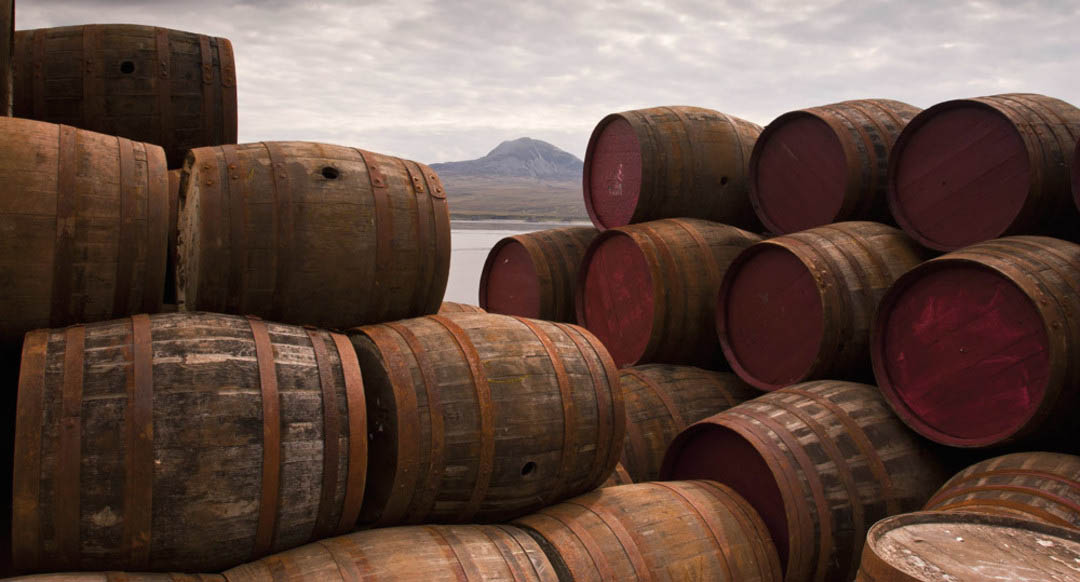After distilling scotch is aged in oak barrels that often were previously used for bourbons. The minimum aging time is three years, though some are aged for thirty years and beyond. A scotch bottled in 2014 by the Glenfarclas distillery was an “ancient” 57 years! The oak sherry cask produced 660 bottles. One has to wonder what the angel’s share of that was?
This isn’t quite the whole story though as added to the array we also have what is called “peated Scotch”. Peat is decomposed plant material that has been deprived of oxygen. It’s harvested and made into bricks that can then be used as a fuel source to dry the grain before distilling. It imparts a variety of flavorings to the whiskies as there are a number of different kinds of peat. It is also burned in homes as a heat source just as you would burn wood. It’s a fascinating material that we’ll explore more in our next blog.

